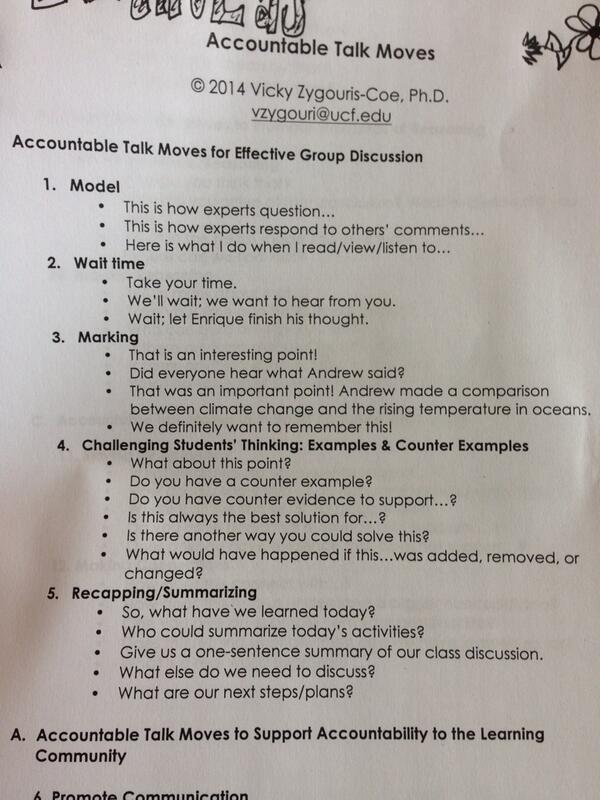The day started with some colleagues, Traci, a fellow administrator, and Lisa, one of our reading specialists. As we were waiting to enter the exhibit hall, we saw the tweets of the conference streaming on a video monitor. Both Traci and Lisa said, what is this all about, so I got the opportunity to show them Twitter as a learning tool and sharing resources from the conference. Both were excited by the opportunities that were presented by using Twitter for learning, professional development, and becoming a connected educator. Please give them a follow by clicking their names above.
 | |||||
| Me and Traci in front of the Twitter feed screen |
My next learning was with Kristin Ziemke. It was strange, but I had to travel to New Orleans to hear her talk about her passion for education and learning networks and transform the PLNs that many of us have for continued learning to a tool her students can use. The strange part is that both of us are in the Chicago area. Kristin advocates and models how Student Learning Networks can be developed and supported by bother the school and parents. Kristin also introduced the concept of transliteracy. She described transliteracy as the ability for students to read, write, and interact with multiple forms of media. It is an interesting concept that I would like to explore later to see what it will look like in different content disciplines. Katie Muhtaris was Kristin's presentation partner, in spirit only due to flight issues, and co-author of their book on this topic of creating a learning environment of connected comprehension.
Lunch was spend connecting with other educators via Twitter and responding to intriguing tweets and responding to tweeps. Food-wise, lunch was very good! I highly recommend the Ugly Dog Saloon! In addition, I met up with another colleague, Cynthia, and got her started on Twitter for learning. Give her a follow also!
I spent the afternoon learning from Dr. Vicky Zygouris-Coe and disciplinary literacy in math and science. Key takeaways I had from this session are that some of my teachers are on the cutting edge and doing really awesome things in the classroom that are supported by the research and literature. As a part of her presentation, she was modeling effective discussion techniques that she provided in writing (see below).

Additionally, when asking students to participate in discussion, make sure that the desired practices are modeled and that students are engaged in the practice of engaging with one another and meaningful content. When they answer a question, train them in the habit of providing support to their responses. This practice should help their writing skills as well.
All in all, today was a pretty great day of learning. I can't wait to see what tomorrow brings!

